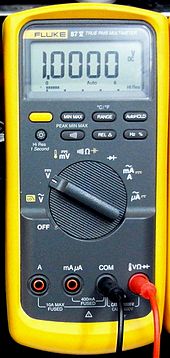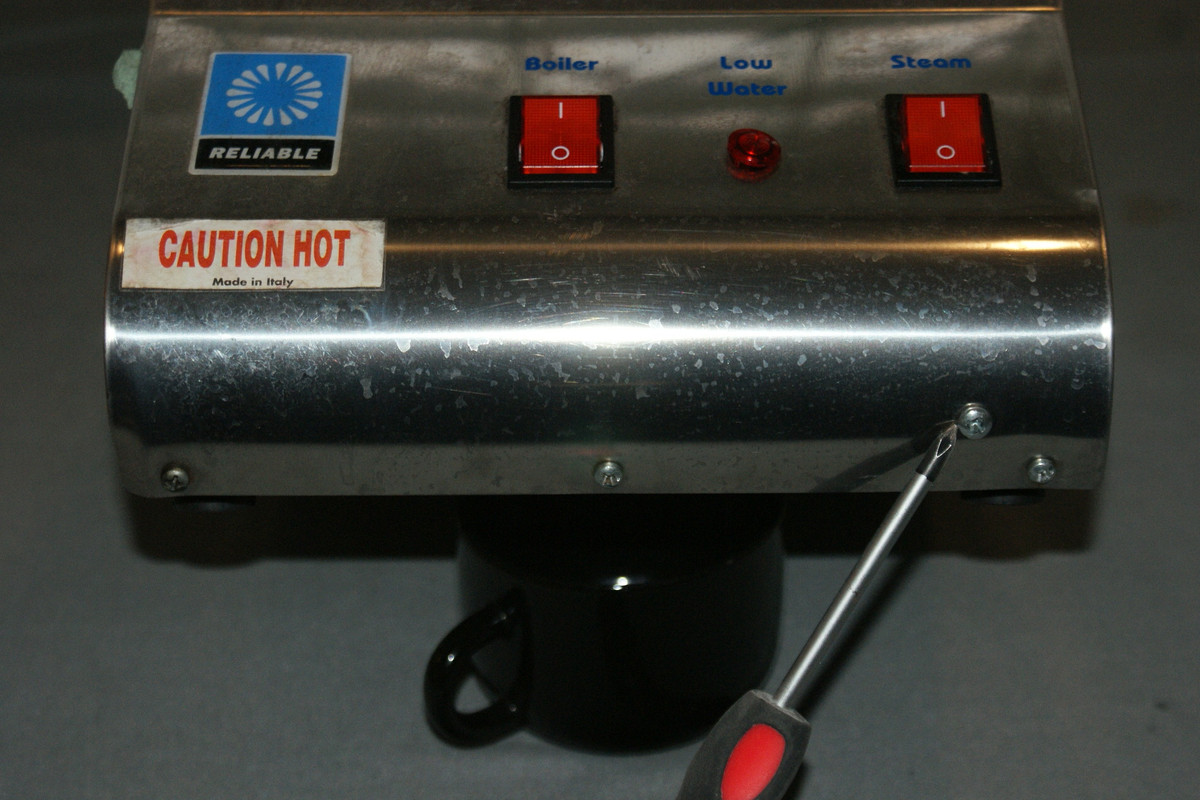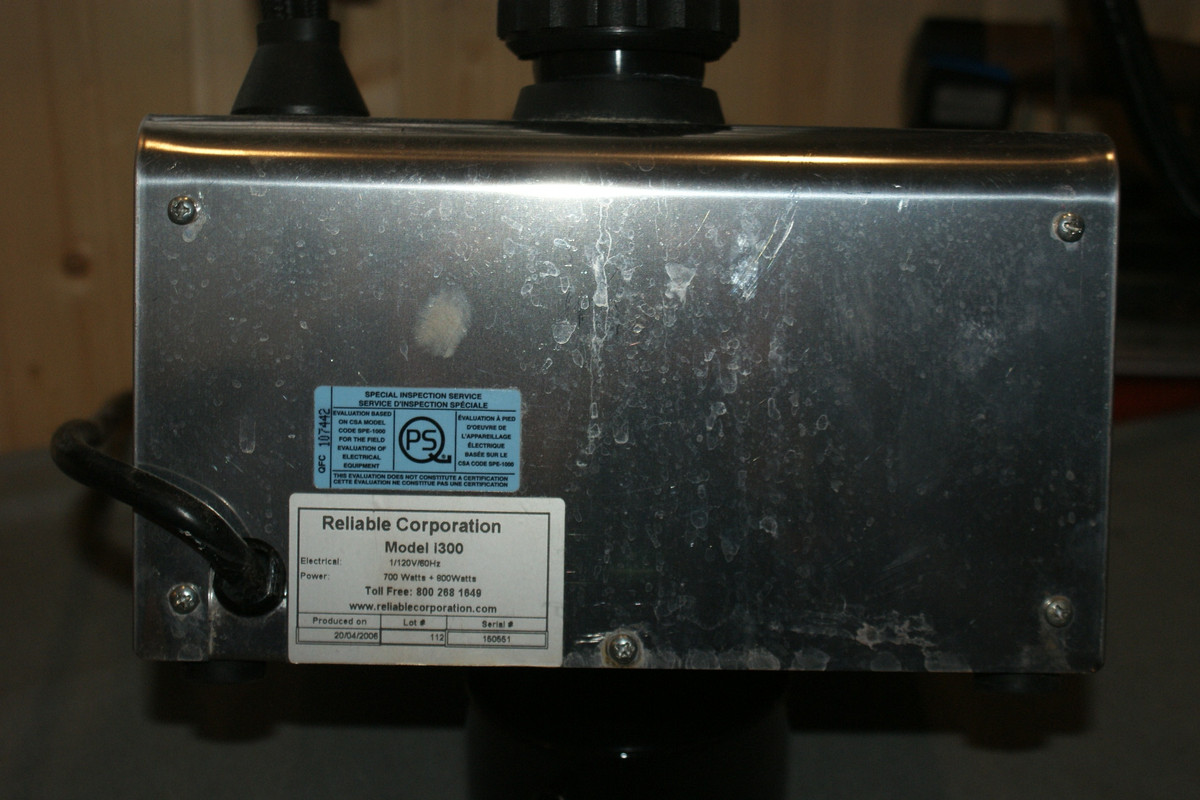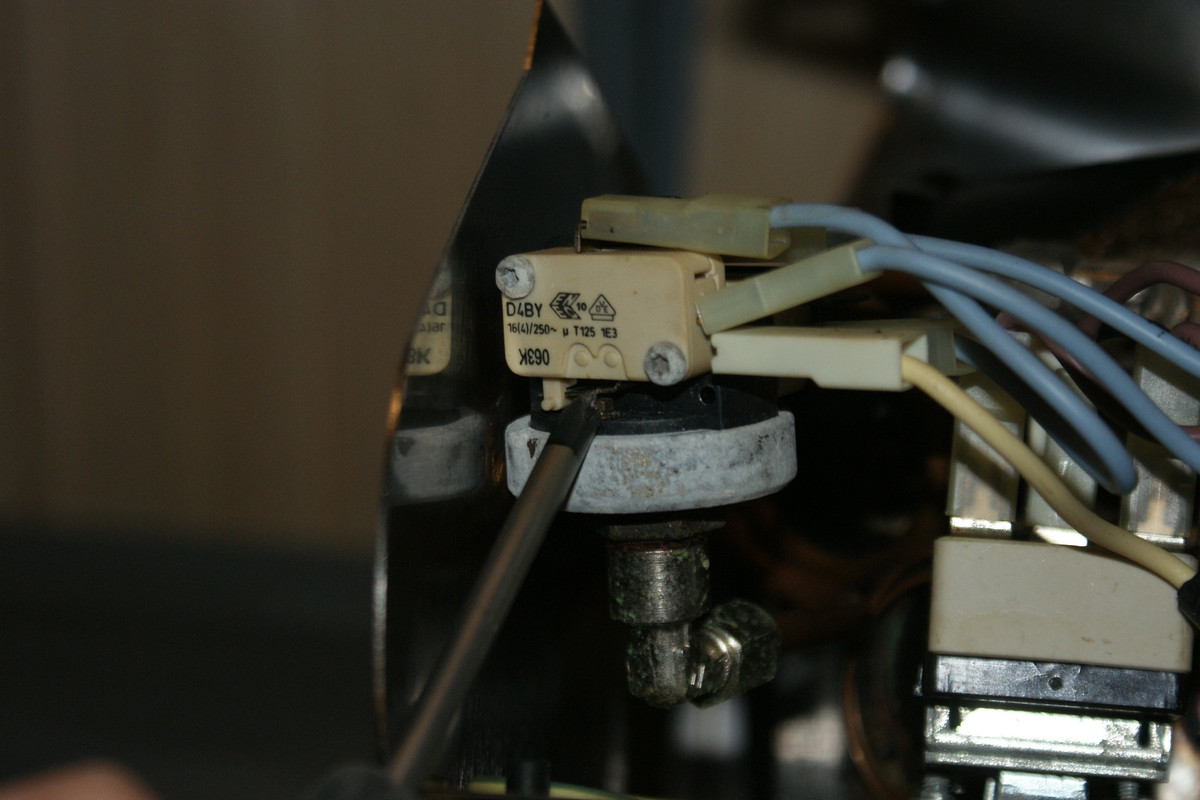|
-
2nd September 19, 03:50 PM
#1
Reliable Steam Iron that isn't so reliable . . .
Hi, Steve!
How's it going there? All's well here despite all the wacky weather we've been having . . . it's been an interesting ride this summer ! ! !
I vaguely remember Barb mentioning you when she was having problems with her Reliable so now it's my turn. I bought myself one and like it very much! No messing around with this little puppy, for sure! Wow, is it fast! But, I plugged it in a couple days ago, everything was fine at first and then, I wasn't getting any steam. I'm not getting a boiler light at all. Does any of this sound familiar? Got any ideas?
Thanks for your time and help. I really appreciate it!
Slàinte!,
Jon
Only 9 notes. How hard could it be?
-
-
2nd September 19, 04:08 PM
#2
-
The Following User Says 'Aye' to The Wizard of BC For This Useful Post:
-
3rd September 19, 04:23 PM
#3
Thank you very much, Steve!!! I really appreciate the help.
I've got the very latest and greatest model and it's got the reset button on the side. Only thing is, it's not resetting. Hmmmm. The iron gets hot, but no steam. I really like the iron a lot. The steam it pumps out is mind-numbing and I can press a kilt in no time flat. But, I'm going to have to take it all apart to reset it . . . or at least, look to see what I need to be doing to reset it. Wish me luck, OK!
I hope all's going well there! Take care and thanks again for all your help.
Slàinte!,
Jon
Only 9 notes. How hard could it be?
-
-
3rd September 19, 05:32 PM
#4
It is then probably the heating element or the thermostat. Do you have a multimeter?
-
-
4th September 19, 02:57 AM
#5
Thank you, Steve! I'll let you know after I've gotten into it. I'm not sure if I've reset it properly yet. I hope it's not the thermostat, but the possibility is there. And, what is a muiltimeter? I've never heard of such a thing. Sorry, my ignorance is showing, but this is all kind of new to me.
Jon
Only 9 notes. How hard could it be?
-
-
4th September 19, 08:43 AM
#6
Jon,
A Multimeter (or VOM) is a device for testing electrical and/or electronic circuits.

An inexpensive multimeter will put you back around $10.00
You can test whether a circuit is open or closed, called continuity. By putting the two probes on either side of an electric device such as a circuit breaker you can determine if the device is operating as advertised.
You could also test if a heating element is good or bad or if there is a break in a circuit or a short in a circuit to ground.
I guess I was lucky as a kid as my dad taught me to use a multimeter quite young. I have never been without one.
If you do not have one, or do not know how to use one, you will most likely have to take your iron to a repair shop that does. They will test your iron for you and isolate the fault to a specific component.
They, or you, may then need to contact Reliable for a replacement if the component is specific to your iron.
If the component is a generic one they may be able to replace it from their stock.
Last edited by Steve Ashton; 4th September 19 at 09:55 AM.
Steve Ashton
www.freedomkilts.com
Skype (webcam enabled) thewizardofbc
I wear the kilt because: Swish + Swagger = Swoon.
-
-
4th September 19, 03:52 PM
#7
My Dad had one and used it from time to time, but I don't ever remember him calling it that. I'm sure I'll have to look for it, tho. No doubt it's buried on the workbench. It may take a while to locate, but at only $10.00 or so, I'm not too worried.
Thanks again for all the help,
Jon
Only 9 notes. How hard could it be?
-
-
5th September 19, 02:30 PM
#8
 Originally Posted by Jon Lilley

My Dad had one and used it from time to time, but I don't ever remember him calling it that. I'm sure I'll have to look for it, tho. No doubt it's buried on the workbench. It may take a while to locate, but at only $10.00 or so, I'm not too worried.
Thanks again for all the help,
Jon
I believe the older term is Volt-Ohm Meter. Or VOM, as Steve put. Multimeter, again if memory is correct, was Fluke's name for their units. When I peddled some in the early 80's, they could do more than basic electrical testing. Given the correct unit & particular probe. We used them, mainly, as a trye pyrometers.
"I can draw a mouse with a pencil, but I can't draw a pencil with a mouse"
-
-
5th September 19, 03:35 PM
#9
VOM is usually accepted as meaning Volt/Ohm/Miliammeter. I can remember though back in the '50's my dad, who was an electronics guy, always calling them multimeters or Volt/Ohm Meters.
-
The Following User Says 'Aye' to Steve Ashton For This Useful Post:
-
6th September 19, 06:06 AM
#10
My first engineering job after college was with the local power company. I had used multimeters way before this time being in Ham Radio since I was 13. At the power company a multimeter, primarily the Simpson 260, was known as a "Goldberg". There was a reason for that name. The story as it was told to me dates back to just after World War II.
While the multimeter dates back into the 20's apparently they were not very common prior to WWII. Meters at that time were dedicated to a specific task such as measuring AC voltage. A different meter was used for DC voltage, etc. The meters were in nice wooden cases. Service men that were trained during the war in electronics used a multimeter. After the war they returned home and many went into jobs such as TV and radio repair. One of the first pieces of test equipment they obtained was a multimeter such as the Simpson 260. You bring your new meter home and take it out of the box. What do you do with it? You find something to measure. Looking around the room you spy the nearest electrical socket. On the Simson 260 you turn the dial to a range that can measure 120 volts (in the USA). That would be the 250 volt range. Stick the probes into the wall socket and what do you get? Nominal voltage in the US after WWII was 117 volts. The value varies somewhat depending on where you are. Some as low as 110 volts at that time. The person taking the measurement makes some assumption of what the voltage should be. There is a second problem. What is the accuracy specification of the instrument? For the 260 for AC measurements it is +/- 5% of the full scale reading. For any given instrument a reading could vary as much as + or - 5% of 250 volts (full scale range in this case). That is + or - 12.5 volts. If your actual voltage is 117 volts the meter could read between 104.5 to 129.5 and still be within specification. If the person making the measurement has a meter that reads on the high side, so 129 volts. Oh my! I have high voltage. So they turn in a complaint to the power company.
Voltage complaints get directed to the Test Department. The manager of the test department was a man named J. Oliver Lang. Mr Lang was concerned because of all the voltage complaints that started to come into his office. One of his technicians came to him and said he had discovered the cause of all the complaints. He handed Mr. Lang a Simson 260. Mr. Lang looked over the meter and said "what kind of Rube Goldberg device is this?". The name stuck. So at Dayton Power and Light if you want a VOM you ask for a Goldberg. It has been over 30 years since I worked for that company so I have to wonder if the people working there today still call a VOM a Goldberg.
I have three Simson 260's but mine date back to the 60's. I believe this is a picture of the original from the 40's

-
 Posting Permissions
Posting Permissions
- You may not post new threads
- You may not post replies
- You may not post attachments
- You may not edit your posts
-
Forum Rules
|
|


























Bookmarks